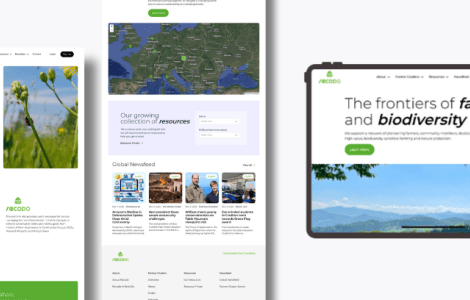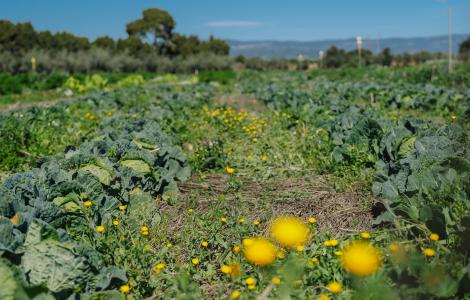In urbibus mundi
In this new post, Jaume Terradas thinks about what nature has meant for human since the dawn of our species, and how the accumulation of people in cities leads us to be away from nature.
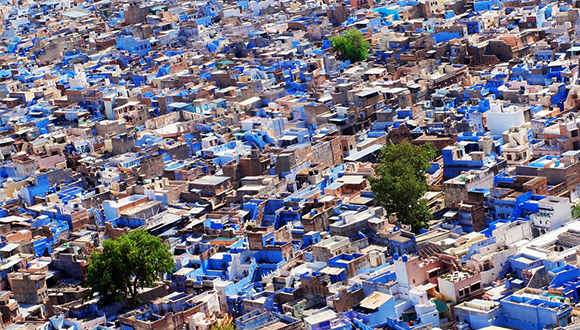
The rise of cities in the history of mankind is a consequence of the invention of agriculture, which generated food surpluses and allowed the diversification of activities. The new urbanites came away from daily contact with nature. Then, especially the wooded areas were seen as dangerous places, not only due to the possible presence of animals such as bears or wolves, and in some places lions, tigers or venomous snakes, but because they were ideal environments for attacks by thieves or enemies from other cities. Deforestation was a part of the civilizing process, as was the draining of marshes considered unhealthy.
Deforestation was a part of the civilizing process, as was the draining of marshes considered unhealthy.
Some forests were conserved to ensure the availability of timber and other products, but to avoid roads passing through forests was always a more sure option. The forest became a metaphor of chaos or deviation of the right way, as we see at the start of a basic pillar of our culture, the Divine Comedy "Nel mezzo dil cammin di nostra vita, mi ritrovai per una selva oscura ..." Dante says to indicate that his life had deviated from the right path to salvation. This fear of nature (which was also fear from human rivals or bandits) or the identification of wild nature with chaos, and culture (same word for agriculture and culture in general) with civilization, could not exist in cultures who remained in the hunter-harvesters stadium, those in Amazon, African or Asian jungles, and other non-urban cultures.
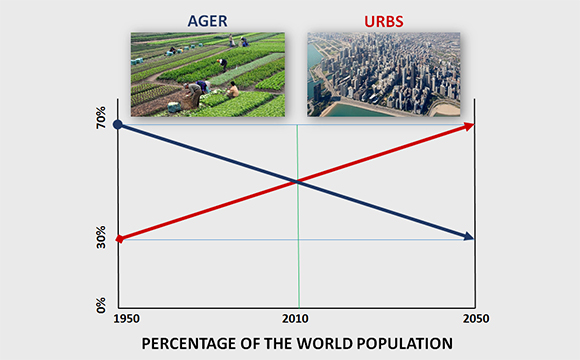
Today, the human population accumulates in cities and at higher rates in medium and small cities, that are growing quickly. By 2030, the urban population will be increased by about 470 million people, of which 100 million in India. This means that an increasing proportion of Humanity will live with small contact with nature and will only visit it for leisure, so ignorance on the subject is growing and is not counteracted by life experience but, in most cases, and quite weakly, by education and environmental campaigns.
This means that an increasing proportion of Humanity will live with small contact with nature and will only visit it for leisure.
These are not good news for conservation. The aculturation about nature is massive and rapid, and education does not work. Nor are good news because cities, which occupy just over 2% of the land area, are responsible for over 80% of anthropogenic emissions of greenhouse gases. And this is not good from the point of view of vulnerability to catastrophic risks and effects of climate change, which is higher in very quickly growing populations: vulnerability is often associated with houses of poor quality and a lack of foresight in the urbanizing process. Countries like Haiti or Bangladesh too often give us tragic examples.
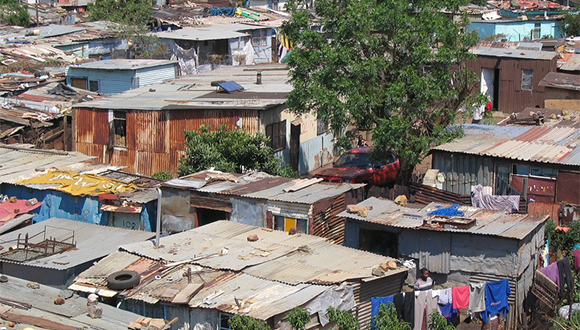
As the urbanizing process is unstoppable, we need better planning in order to build houses, streets and roads whereas damaging as little as possible nature networks, we need to improve construction processes in order to reduce environmental impacts in the construction, operation and, at the end, deconstruction, and we might to design buildings and urban space minimizing their vulnerability. All this requires a great effort (with much basic and applied research) in the fields of architecture, civil and communications engineering, ecology, governance and participatory processes. In ecology, we must be able to preserve functional networks of nature; to include in land management the prevention of risks associated with climate change and other factors; and we must contribute in designing less unsustainable urban landscapes, with the proper use of nature pieces combined with building technologies (which might employ new materials and a more industrial production process).
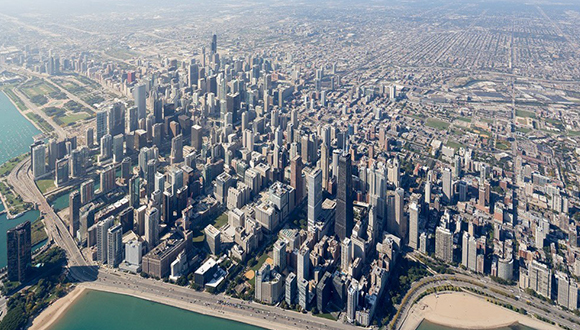
The aculturation about nature is massive and rapid, and education does not work.
These are very difficult challenges, for which, so far, we have not only few answers but also a very modest dedication. Urban ecology is still in a diagnostic and forensic, rather than preventive and curative, stage. Meanwhile, each month the world's urban population will increase, over the next 15 years, by 2.6 million people, most often poor, badly located and in the way of losing their feeling of integration with nature!




